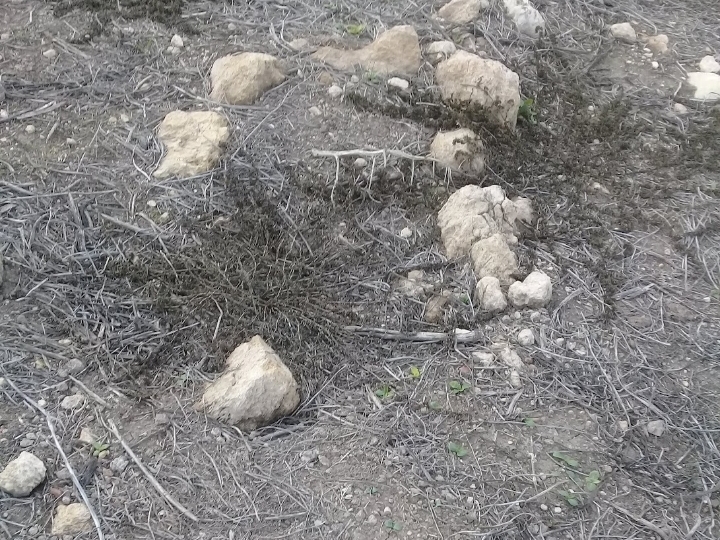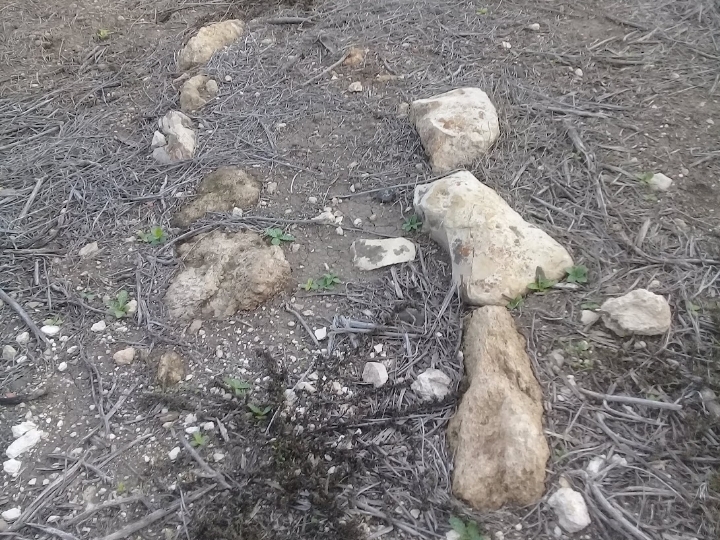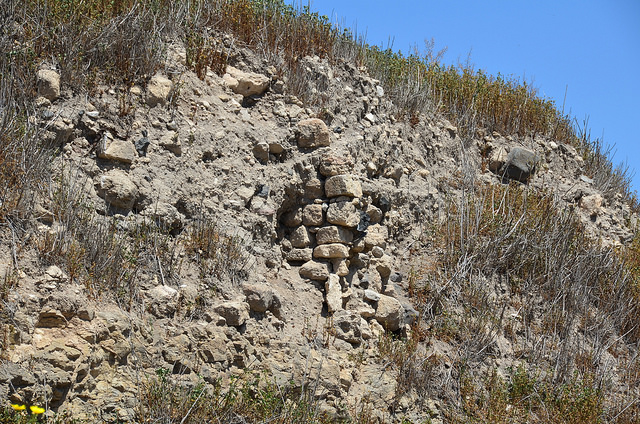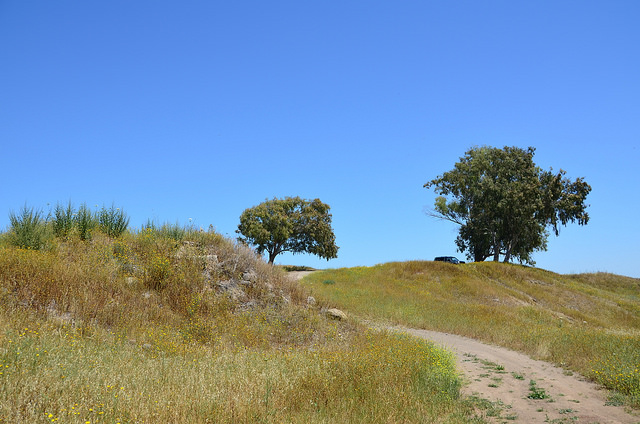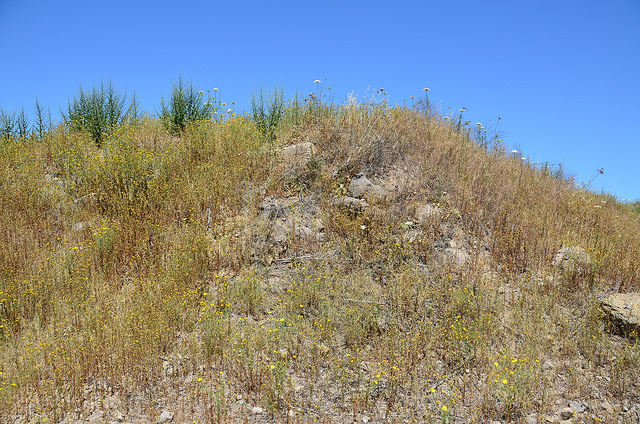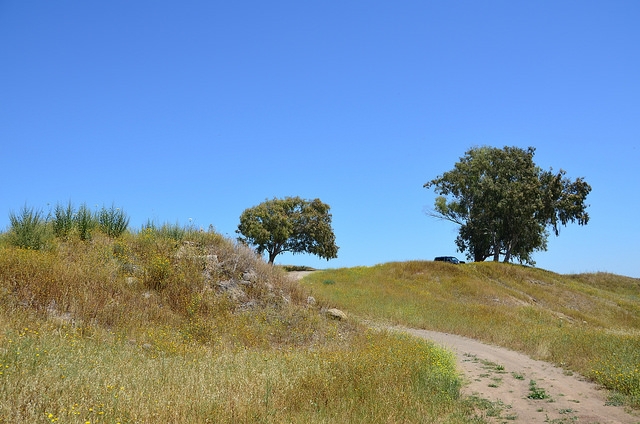Info
District: Haifa
Population 1948: 740
Jewish settlements on village/town land before 1948: None
Jewish settlements on village/town land after 1948: HaYogev
Background:
Khirbat Lid Before 1948
At 32 km distance from Haifa, the village was located on flat terrain in the middle of the Marj ibn 'Amir plain. The marsh of al-Nuwaytir was situated on the eastern part of its land, and a secondary road linked it to the 'Afula-Megiddo highway. The inhabitants of Khirbat Lid were Muslims and they maintained a village mosque. Their houses, made of masonry and either mud or cement, were clustered together. They obtained their domestic water from a well on the southeast edge of the village. Animal husbandry and agriculture were the main economic activities. Khirbat al-Manatir lay three km west of the village, on an uneroded volcanic outcrop in Marj ibn 'Amir. The archeological remains of this site include evidence of a Byzantine settlement.
Occupation, Depopulation, and Israeli Settlements
A Jewish force infiltrated the village on the evening of 26 February 1948. The Palestinian daily Filastin states that villagers fired heavily on the attackers, driving them back after a brief skirmish. No casualties were reported.
In April the operations in the countryside were more closely connected to the urbicide. Villages near urban centres were taken and expelled, and sometimes subjected to massacres, in a campaign of terror designed to prepare the ground for a more successful takeover of the cities. The Consultancy met on the 7 April 1948 and decided to destroy and expel the inhabitants from all the villages on the Tel-Aviv-Haifa road, Jenin-Haifa road, and the Jerusalem-Jaffa road. Apart from a tiny handful of villages, no one was spared. Thus, on the day the Irgun wiped out Shaykh Muwannis, the Hagana occupied six villages in the same area within a week: Khirbat Azzun was the first, on 2 April, followed by Khirbat Lid, Arab al-Fuqara, Arab al-Nufay'at and Damira, all cleansed by 10 April, and Cherqis on the 15th.
Israelis established the settlement of ha-Yogev to the west of the village in 1949, with a number of its houses having been built on village lands.
The Village Today
Piles of stones, scattered across the ground near several large eucalyptus and olive trees, are all that remain of the village. There is a newly-built structure over the village well.
------------------
Sources:
al-Khalidi, Walid (ed.). All that remains: the Palestinian villages occupied and depopulated by Israel in 1948. Washington DC: 1992.
Pappe, Ilan. The Ethnic Cleansing of Palestine. Oxford: 2006.


